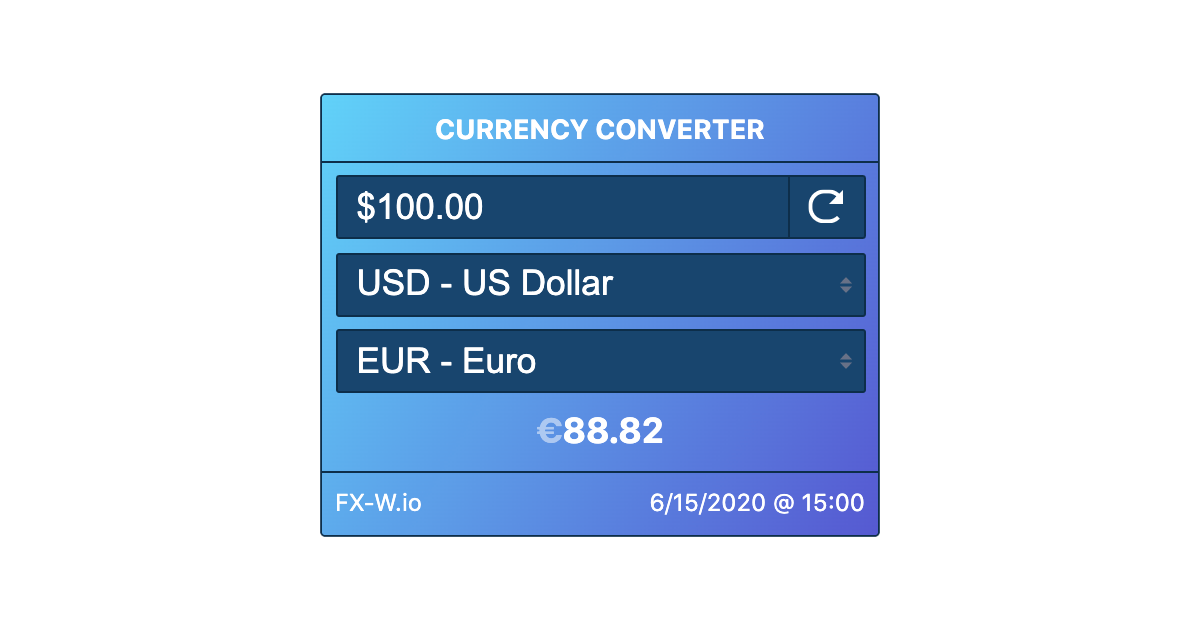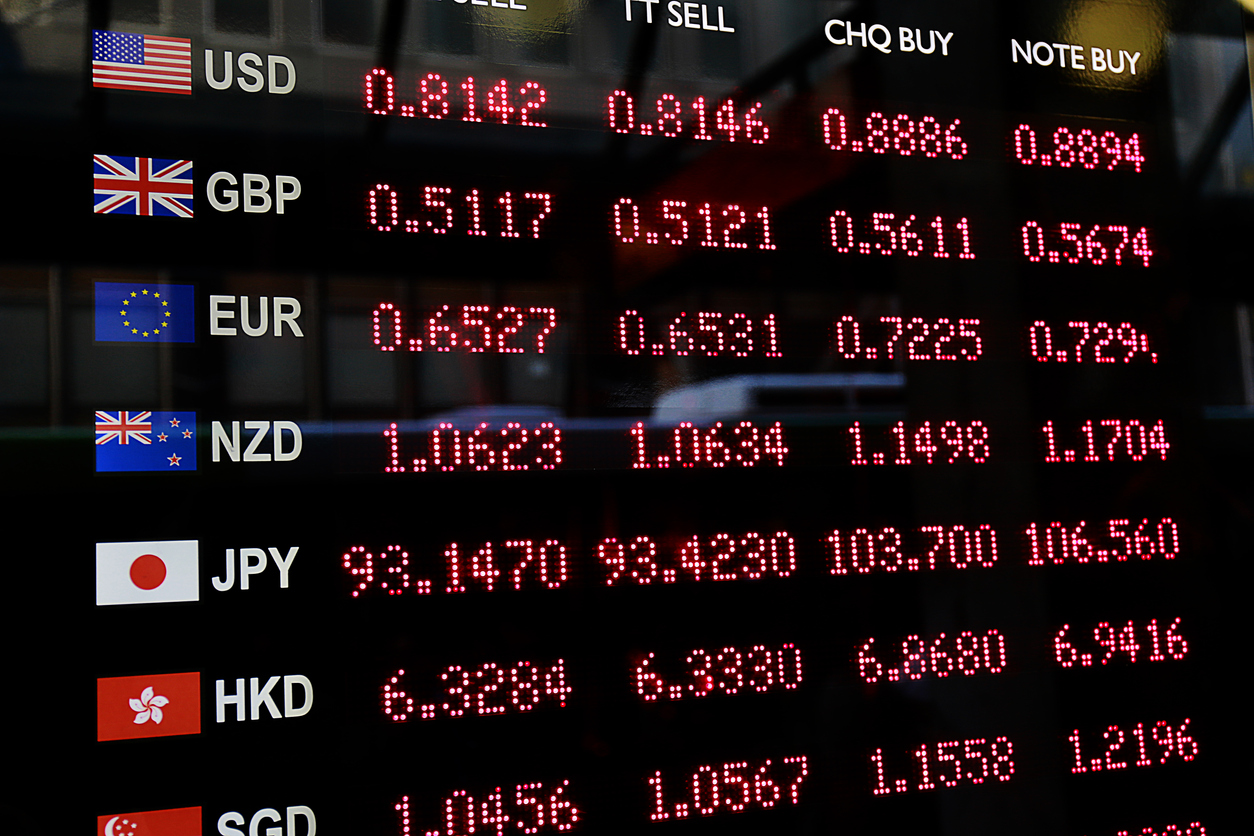

With the establishment of banks, the virtual currency was introduced. Most of the banknotes have a horizontal orientation, but some are printed vertically, to reflect people’s tendency to use money vertically. One of the polymers used for these banknotes is waterproof, so these banknotes should survive machine washes.

They are more durable and secure compared to the paper ones. Currently, the majority of banknotes are made of paper, but some countries use the technology developed in Australia to produce polymer banknotes. Even playing cards and chess pieces have been used in place of banknotes. Historically banknotes were made from a variety of materials such as paper, wood, leather, seal skin, silk, and other fabrics. This problem is still relevant today because some governments still continue this practice, despite the knowledge that inflation is problematic. This type of currency is called fiat money, and it is used in most countries in the world.īanknotes allowed for more efficient business transactions but posed a threat of inflation because a government could print as much paper currency as needed, and the increase in banknotes made them less valuable. The market value of a banknote, considering the materials it is made of and the workmanship, is usually lower than the face value that it is traded for. Some of the first banknotes were made of leather, around the 7th century in China. Eventually, it became currency by itself. At the beginning banknotes were a promissory agreement between the bank and the customer, stating that the banknote can be exchanged for coin currency at any time. Some of the first paper money was made in China and in the medieval Islamic world, and the idea was later adopted in Europe. With the invention of the printing press it became possible to print large amounts of material, and with time printed currency called banknotes became adopted.

Robbers and pirates seized these coins, and merchants lost not only their merchandise but also money when ships sank, even if the crew could escape because it was not possible to rescue the heavy coins. Currency became such a medium.Īs the volume of traded goods increased, so did the amounts of coins that the merchants had to carry with them. For example, a family producing spring crops could only exchange them then, even if they needed late summer crops in return, so without some kind of the third medium of exchange, they could not get what they needed. In addition, with the growth of agriculture, it was difficult to exchange the two crops with different harvest times. Anthropologists debate whether gifts can be given without the expectation of reciprocity, but it seems that in most societies reciprocity happens as part of the gift-giving, whether it is expected or not.Īs human needs grew and became more complicated, it was more difficult to find a person who wanted the product that one produced, and at the same time had the product that one needed. In addition to barter, people exchanged gifts, and some researchers believe that this provided an insurance that gift receivers will reciprocate at a later time. For example, if one person made weapons like arrows, and another person was good at hunting, then exchanging food for weapons was simple, because it was easy to find someone with a need for food, as well as with a need for weapons. The need for variety in products was low during early history. Historically people exchanged goods and services based on the barter system, where a product or a service produced by one person was exchanged for a product or a service produced by another person. The need for currency arose with the growth in trade. The word “currency” refers to several notions: a set of items used for trade, a set of all forms of money issued by a particular country or region, banknotes, or all money in the world currently in circulation.


 0 kommentar(er)
0 kommentar(er)
